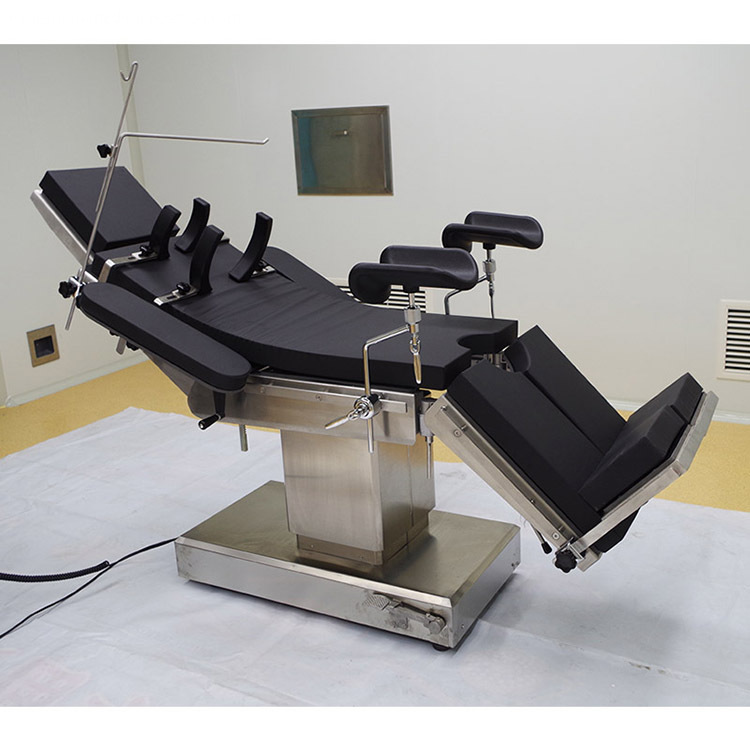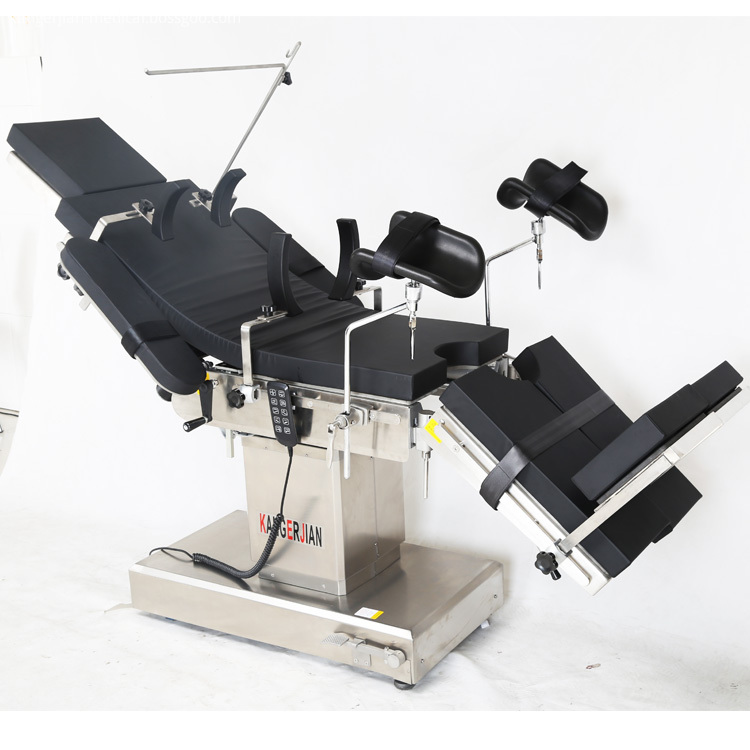Pour pool is a commonly used technique in the breeding of crabs, that is to say, the larvae in one pool are moved to another pool, so that the water quality and sediment quality are fundamentally improved. Because of the long time of breeding seedlings, crabs are eaten as early as possible, and the feeding amount is large, and the pool water is easily polluted and deteriorated. Because the larvae have a long period of perversion and weak self-purification, larvae are also prone to becoming ill. Therefore, grasping the opportunity of pouring pools in time and rationally using inverted pool technology are the key to eliminating adverse effects and improving the survival rate of seedlings and the quality of crab seedlings. 1. Although it is a more effective technique to grasp the timing pool in the inverted pool, the larvae will be lost during the inverted pool, and the workload of the inverted pool is relatively large and should not be too frequent. However, if this work is not carried out when the pool must be dumped, the whole pool will be lost and the loss will be greater. Therefore, timely judgment and mastering the timing of downfall is the key. To sum up, the pool must be poured when the following situations occur. 1.1 When the zoea develop to V stage, due to the metamorphosis of the V stage larvae to the big nymph, the body shape changes greatly, the transformation time is long, the swimming ability is almost lost, and the larvae are easy to sink. At the same time, there is more accumulation of dirt at the bottom of the tank, forming a harmful bottom layer, which often results in a large number of larvae. Therefore, when the juveniles metamorphose into the V-phase on the second night of the inverted pool work, at this time the larvae are relatively "old" a little, adaptability, good phototaxis, inverted pool success rate. 1.2 In the case of polydeficiency disease, serious polyketosis is treated with malachite green and other drugs, with obvious results. However, malachite green is a dye that has a strong penetrating and killing effect on cells. Therefore, the emblem of aquatic organisms, especially single-celled organisms, is largely killed after administration. In particular, the bottom of the membrane is often destroyed, a large number of harmful substances are dispersed, and the self-purification capacity of the water is weakened, the water quality is unstable, and it is easy to cause water quality. deterioration. Generally, on the second day of medication, the water quickly clears, the water quality is difficult to control, and conventional water changes often do not work. At this time, a large number of larvae are likely to die. Therefore, the second day after the use of dyes such as malachite green. Should quickly pour the pool. 1.3 When the "pan-pool" occurs, the "pan-pool" phenomenon often occurs in crab breeding because of operational errors or sudden deterioration of water quality. Therefore, every two hours: check each pool, and if it is found that a large amount of white or black sticky material is thrown up or the water quality suddenly deteriorates, it can be judged as a "pan pool." On the one hand, immediately use 0.2-0.5ppm potassium permanganate (or other oxidant, oxygen booster) to ease it. 1.4 When unexplained death occurs in crab breeding, unexplained deaths sometimes occur, and should be highly valued. If the sampling examination often finds dead individuals, you can immediately implement the "first aid "In order to avoid causing a lot of death during the diagnosis. In production practice, this measure often has good results. 1.5 When an anoxic state occurs Although crab breeding is carried out under constant aeration, oxygen deficiency often occurs. In the middle and later stages of seedling, dissolved oxygen tends to be below 4 mg/l, which is often Not to be noticed. From the characterization point of view, the water quality of the pool became turbid, lacking in brightness and vitality; sampling observation showed that the larvae lacked vitality. At this point, it is usually difficult to completely change the water, it is advisable to pour the pool as soon as possible. 1.6 When the density of juvenile crabs is too high, the metamorphic time will be prolonged, the metamorphosis rate will be reduced or not synchronized, resulting in a decrease in the number of water plants per unit of seedlings or even the whole pond. Therefore, when the crab larvae develop to 蚤III, the density is still above 400,000/m3, and when the larvae reach 250,000/m3, the pool should be combined with the inverted pool to control the density of 蚤IV at 200,000. Tail / meter 3 or so, 蚤V density l0-150000 / m 3 is appropriate. 2. How to invert the pool, there are generally three methods, namely, light trap, overflow method and water discharge method. In the nursery pooling stage, it should be considered that the later inverted pool should be carried out as far as possible between the adjacent two pools. The nursery ponds are preferably in one room and two rows. The preheated pool is used as the turnover pool. Each five pools are equipped with a one-week turnaround pool, or a two-divisional approach pool from the middle to both sides, or a cycle-turning pool, and several High density pools fill all pools in the 蚤V phase. This operation helps to reduce the workload, improve the efficiency of the pool and the emergence of seedlings. . 2.1 Light traps are generally used between adjacent pools. Pour pool normal arrangement in III. IV. The V thalamus undergoes metamorphosis the next day. Wash and disinfect the pool to be moved in. Add filtered fresh water to maintain an average water level of 30-40 cm. The minimum water level should be no less than 10 cm. The commissioning salinity is the same as that of the tank to be removed, and the salinity difference is controlled within 2 inches. After warming up the salinity, the temperature of the two pools should be as close as possible and the difference should not exceed 1°C. A 1000-2000 watt tungsten-iodine lamp is connected to the removal pool and the lamp head is about 30 centimeters from the water surface. Reduce the amount of aeration and illuminate for 5 minutes. Then use a siphon tube to start sucking the seedlings (note that the siphon tube cannot touch the bottom of the pool out of the pool, so as to avoid the loss caused by the pan bottom; the other end should be placed flat on the bottom of the sink pool to avoid Water flows straight to the bottom of the pool causing larval damage). When there are no groups of crabs under the lights, stop for two minutes so that the crabs can gather and inflate. The time for stopping the gas should not be too long, otherwise the crab seedlings will sink and cause losses. Move back and forth until the two pools are basically level. This method can generally remove more than 95% of crab seedlings, and the remaining part can be collected by releasing water. 2.2 The flooding method is generally used between two pools. After cleaning and disinfecting the pool, add 30-40 cm of raw water to the pool, add fresh water to about 1 meter deep, and adjust the salinity and water temperature. Place the overflow cages in the sewers next to the pool. The overflow cage consists of an outer box, a grid, and a cage. The outer box is square, height 30 cm, and opening surface is about 0.2 square meters. The sewerage system is convenient for operation in the sewer.The built-in square grid frame is 40 cm high, which can be put into the outer box.The cage is set on a cage, and the cage must be tight on the grid. It will cause death. The mesh size is selected according to the size of the larvae. Generally 80 mesh or 60 mesh sieves are used to siphon larvae into cages using light traps (check spilled water for leakage of seedlings) and then bring water to the new pool. 3 The water discharge method is generally used when two rooms are separated from each other, and the pool will be cleaned and sterilized by adding water to about 80 cm to adjust the salinity and water temperature.The water level in the removing pool will be reduced to about 60 cm, and the drainage valve will be opened to allow the seedlings to collect seedlings. The road drains and collects in the seedling pool with a seedling cage, and then brings the water into the new pond. In the actual production, the three methods are often used together and the effect is better. After two days of metamorphosis of the big eye larvae, if there is an emergency situation, You can use the dip net to fish directly from the larvae to the new pond. To achieve the purpose of inverted pool 3. After the management of the inverted pool, feed should be fed immediately after the pool, the first feeding amount can be 1.5-2 times of the normal feeding amount (calculated by the actual pool water body), at the same time Apply 2ppm oxytetracycline (or other antibiotics) to the body of water to avoid infection of the larval-formed wounds during the transfer process. Adding water to the normal level the next morning can be transferred to normal management.
Electric Operating Table Adopt Famous brand JIECHANG electric push rod as the power source for the operation tables. Operation beds adopt medical grade 304# full stainless steel materials; Full set of micro electric control system for ot table with low noise, overload protection, safty reliablity; TheElectric Operating Table entire table of operating table can move forward and backward to realize full position C-arm and X-ray radiography.


Operating Table
Operating Table,Surgical Table,Surgery Table,Surgical Operation Table
Shandong qufu healthyou Medical Technology co.,Ltd , https://www.kangerjianmedical.com